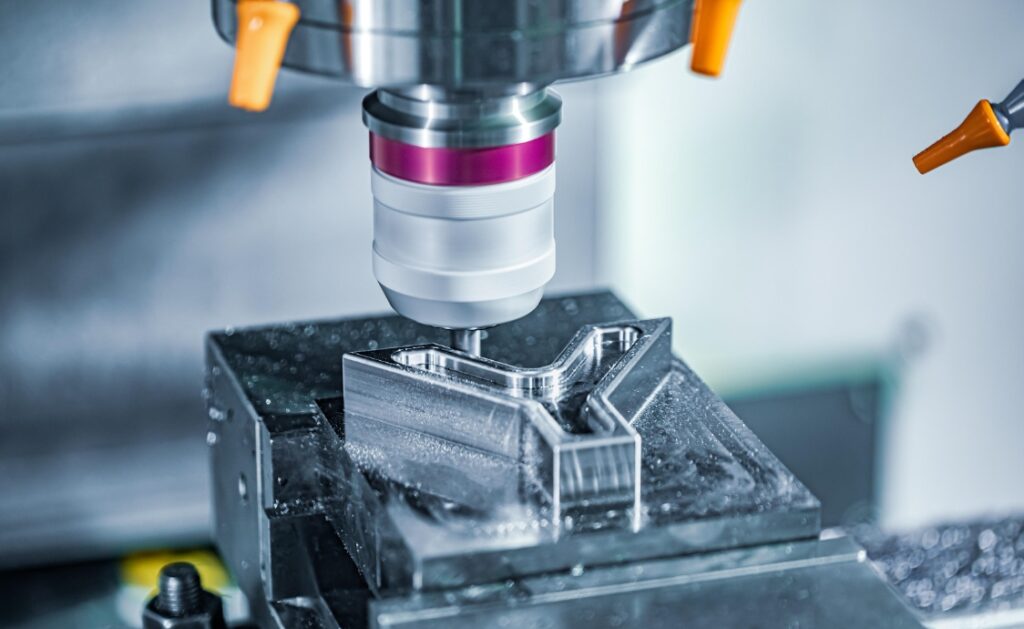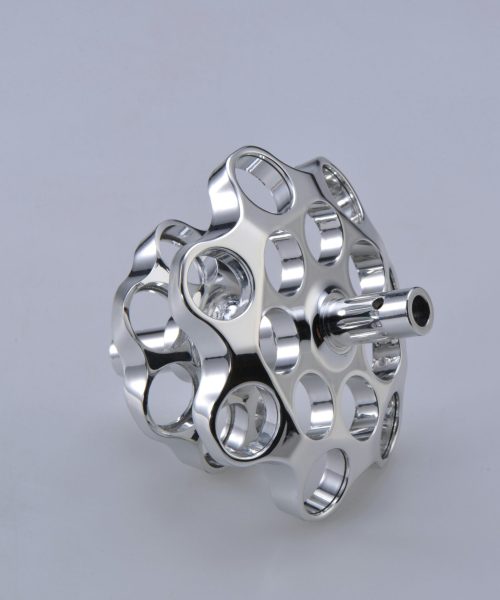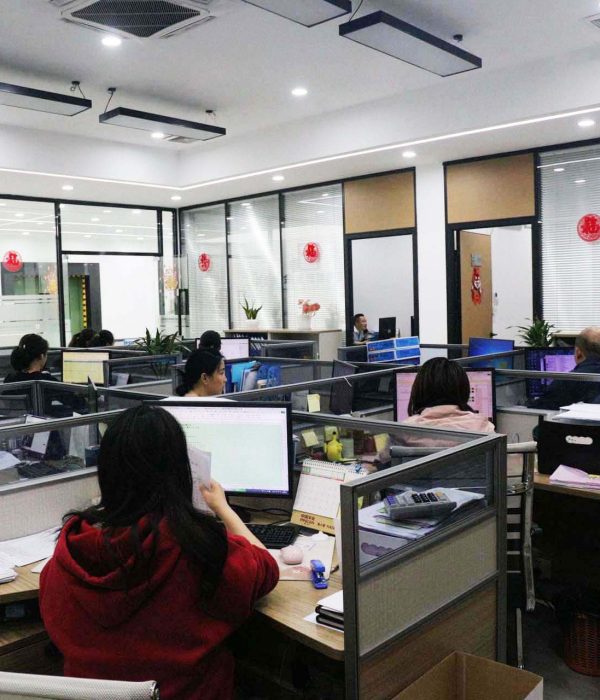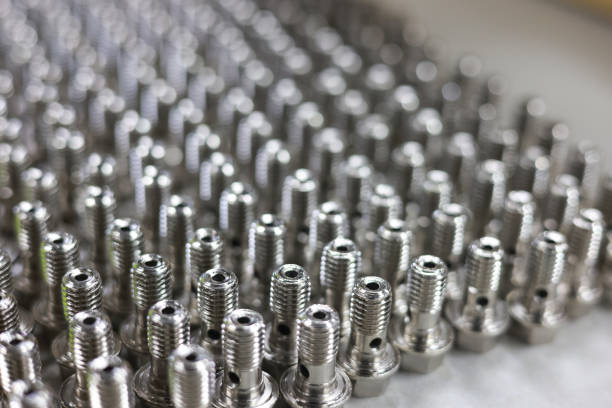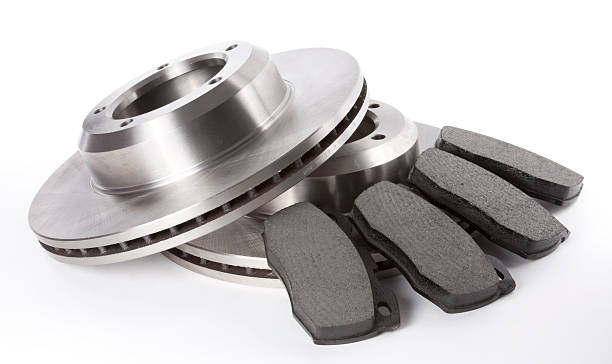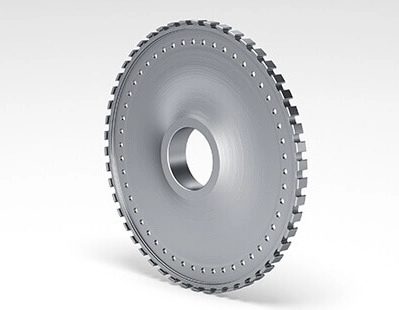Introduction to CNC Machining
التصنيع الآلي باستخدام الحاسب الآلي is a cutting-edge manufacturing process that involves the use of computerized controls to operate machinery such as lathes, mills, and routers. As industries evolve, the role of التصنيع الآلي باستخدام الحاسب الآلي continues to expand, offering innovative solutions for precision manufacturing across diverse sectors including automotive, aerospace, medical, and electronics. As the demand for higher efficiency, precision, and cost-effectiveness grows, التصنيع الآلي باستخدام الحاسب الآلي is evolving to meet these needs with cutting-edge technologies and advancements.
In this article, we explore the new directions in التصنيع الآلي باستخدام الحاسب الآلي and discuss the future trends that will shape the landscape of manufacturing in the coming years.
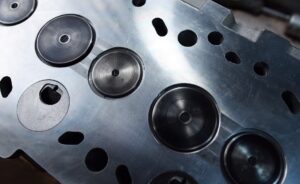

New Directions in CNC Machining
Integration of Automation and Robotics
The integration of automation and robotics with التصنيع الآلي باستخدام الحاسب الآلي is one of the most significant developments in the field. Automated systems, including robotic arms and conveyors, are being utilized to handle repetitive tasks, improve efficiency, and reduce human error. By incorporating robotic systems, manufacturers can significantly increase production capacity while ensuring consistent quality and reducing the need for manual labor.
Automation also enables التصنيع الآلي باستخدام الحاسب الآلي to handle more complex, high-volume production runs without compromising accuracy or precision. This trend is particularly beneficial in industries where time and cost efficiency are critical, such as the automotive and consumer electronics sectors.
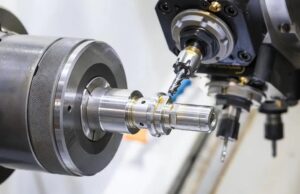

Additive Manufacturing and CNC Hybrid Machines
Hybrid machines that combine التصنيع الآلي باستخدام الحاسب الآلي with additive manufacturing (3D printing) are gaining momentum. These machines combine the best of both worlds—allowing manufacturers to utilize traditional subtractive machining techniques alongside the benefits of additive processes. This hybrid approach allows for faster prototyping, more complex designs, and reduced material waste.
التصنيع الآلي باستخدام الحاسب الآلي can be used to create the base structure, while the additive process can fill in additional features or complex geometries. This combination is particularly useful for industries like aerospace, where weight reduction and complex part designs are crucial.
Advanced Materials and Coatings
As technology advances, so do the materials used in التصنيع الآلي باستخدام الحاسب الآلي. Manufacturers are increasingly using advanced materials such as titanium alloys, composite materials, and high-performance polymers. These materials demand higher precision and more sophisticated machining techniques to meet the stringent requirements of industries like aerospace, medical, and electronics.
Additionally, coatings such as diamond-like carbon (DLC) or ceramic coatings are being used to improve the durability and performance of CNC-machined parts. These coatings help reduce friction, increase wear resistance, and protect against corrosion, thus extending the lifespan of the parts and improving overall performance.
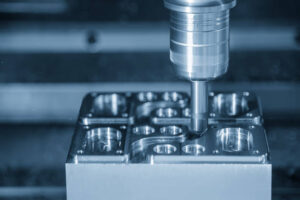

الاتجاهات المستقبلية في التصنيع الآلي باستخدام الحاسب الآلي
Artificial Intelligence and Machine Learning
Artificial Intelligence (AI) and Machine Learning (ML) are expected to play a pivotal role in the future of التصنيع الآلي باستخدام الحاسب الآلي. AI can be used to optimize machining processes by analyzing large datasets from CNC machines, predicting potential failures, and improving efficiency. Machine learning algorithms can learn from past operations and make real-time adjustments to machining parameters, ensuring higher precision and fewer defects.
The integration of AI will also improve predictive maintenance, allowing manufacturers to identify issues before they cause downtime or expensive repairs. This is particularly important in industries where machine uptime is critical to profitability.
5-Axis CNC Machining
التصنيع الآلي باستخدام الحاسب الآلي خماسي المحاور continues to grow in popularity, providing significant advantages in terms of part complexity and surface finish. This technology allows for the manipulation of parts along five axes simultaneously, resulting in more intricate and complex geometries that are impossible with traditional 3-axis machines.
The future of التصنيع الآلي باستخدام الحاسب الآلي خماسي المحاور will see even more advanced features, such as better software for toolpath generation, enhanced motion control systems, and more precise and efficient machines. This will lead to greater design freedom and the ability to produce highly sophisticated components with exceptional surface quality.
Cloud Computing and IoT Integration
The integration of Internet of Things (IoT) technology with التصنيع الآلي باستخدام الحاسب الآلي is transforming how machines are monitored and controlled. With IoT, CNC machines can communicate in real-time with centralized systems, enabling manufacturers to monitor machine performance, track production status, and even troubleshoot remotely.
Furthermore, cloud computing enables manufacturers to store and analyze vast amounts of data generated by CNC machines, providing valuable insights into machine performance, operational efficiencies, and areas for improvement. This data-driven approach will enhance decision-making and help optimize production processes.
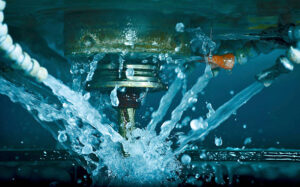

Sustainability and Green Manufacturing
As environmental concerns become more pressing, the focus on sustainability in manufacturing is intensifying. التصنيع الآلي باستخدام الحاسب الآلي is moving towards more eco-friendly practices, such as reducing waste, recycling materials, and improving energy efficiency. The use of energy-efficient machines and the reduction of harmful emissions during the machining process are key components of this trend.
Additionally, the use of biodegradable cutting fluids and efforts to minimize the carbon footprint of production facilities are becoming more common. As industries strive to meet stricter environmental regulations, التصنيع الآلي باستخدام الحاسب الآلي will continue to evolve to align with sustainable practices.
الخاتمة
The future of التصنيع الآلي باستخدام الحاسب الآلي is bright and full of innovation. With advancements in automation, AI, hybrid manufacturing, and materials science, التصنيع الآلي باستخدام الحاسب الآلي will continue to drive improvements in efficiency, precision, and sustainability. As these new directions unfold, manufacturers will be able to meet the growing demands for more complex parts, faster production times, and lower costs, all while maintaining the high standards of quality that التصنيع الآلي باستخدام الحاسب الآلي is known for.
For businesses looking to stay competitive, embracing these trends in التصنيع الآلي باستخدام الحاسب الآلي will be essential. From AI-driven optimizations to the integration of additive manufacturing, the future of التصنيع الآلي باستخدام الحاسب الآلي promises to be dynamic, efficient, and ever-evolving.

